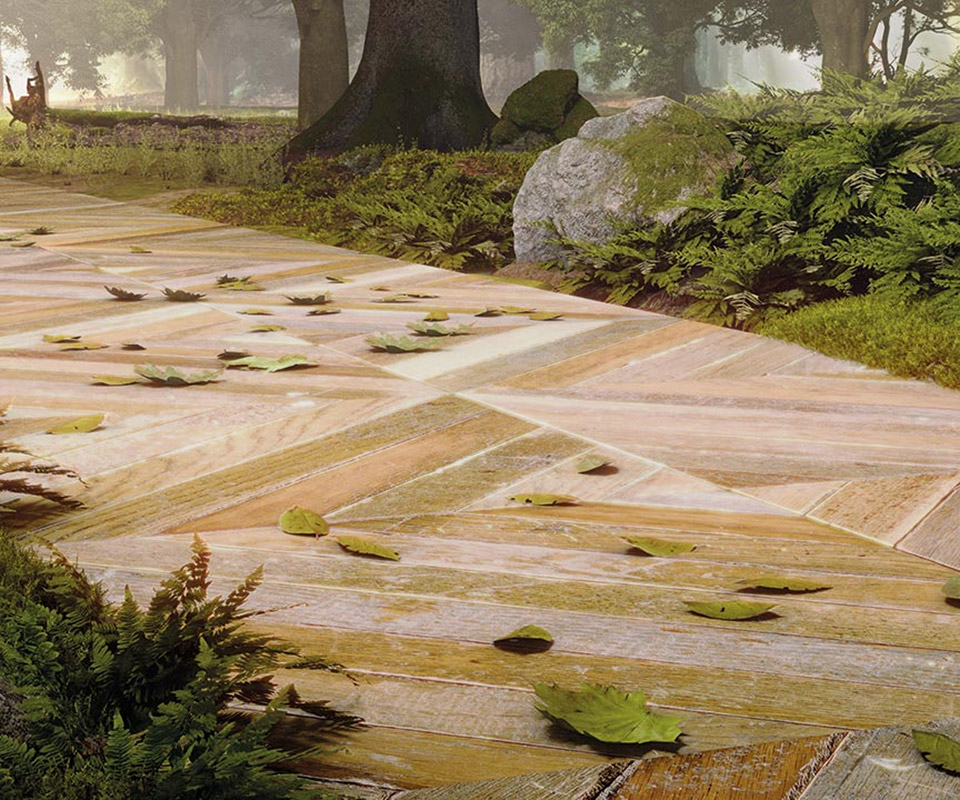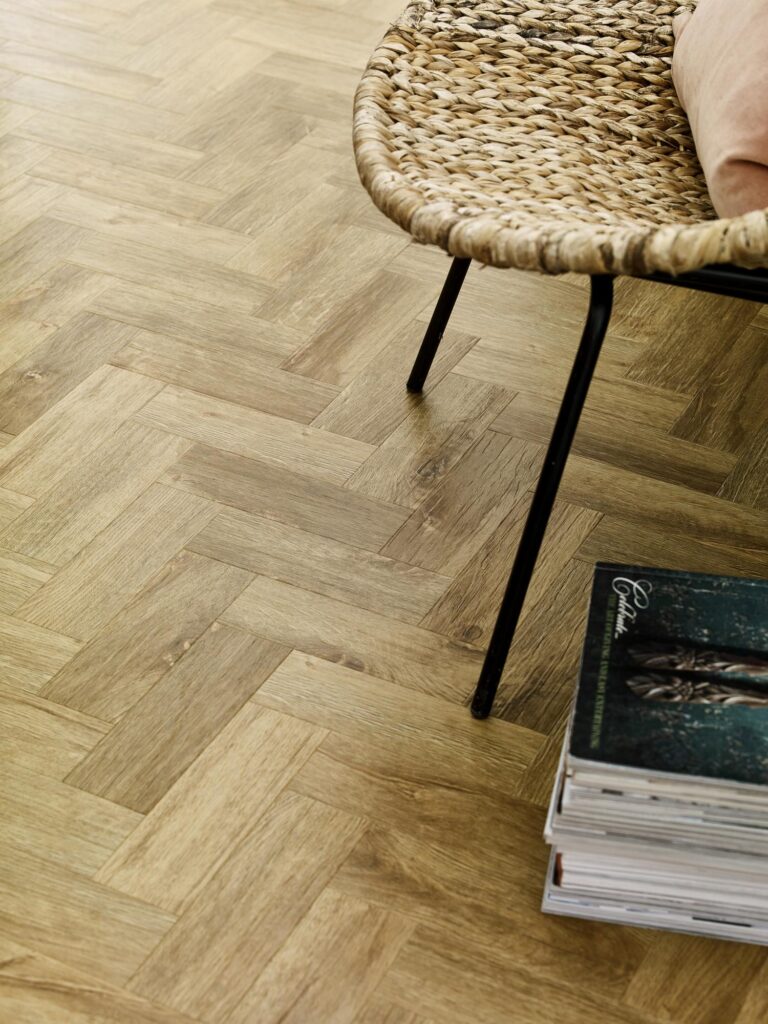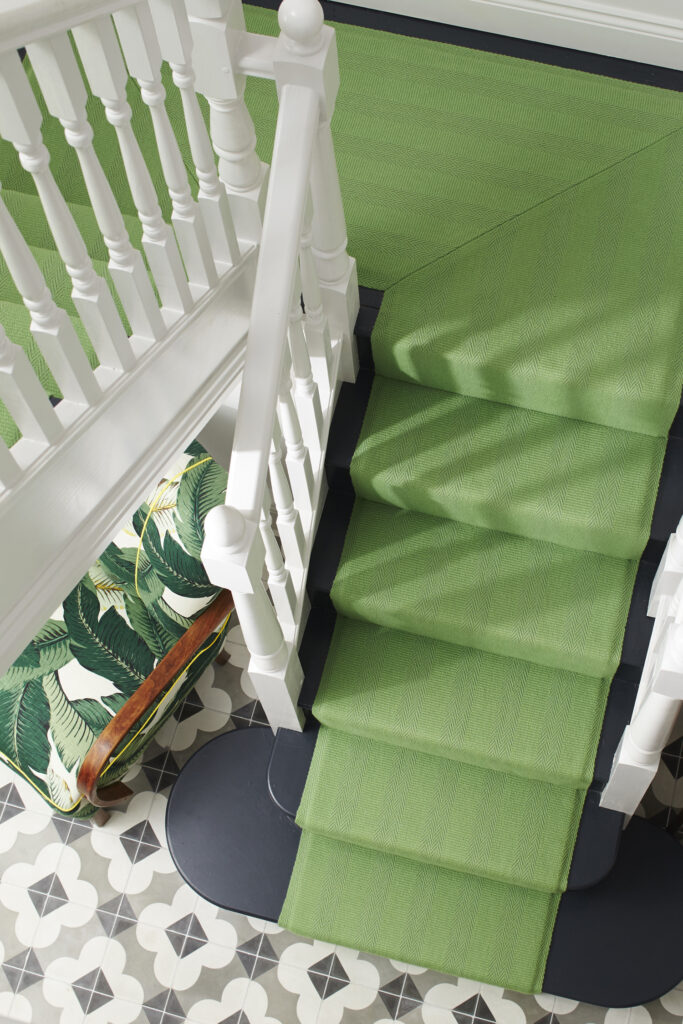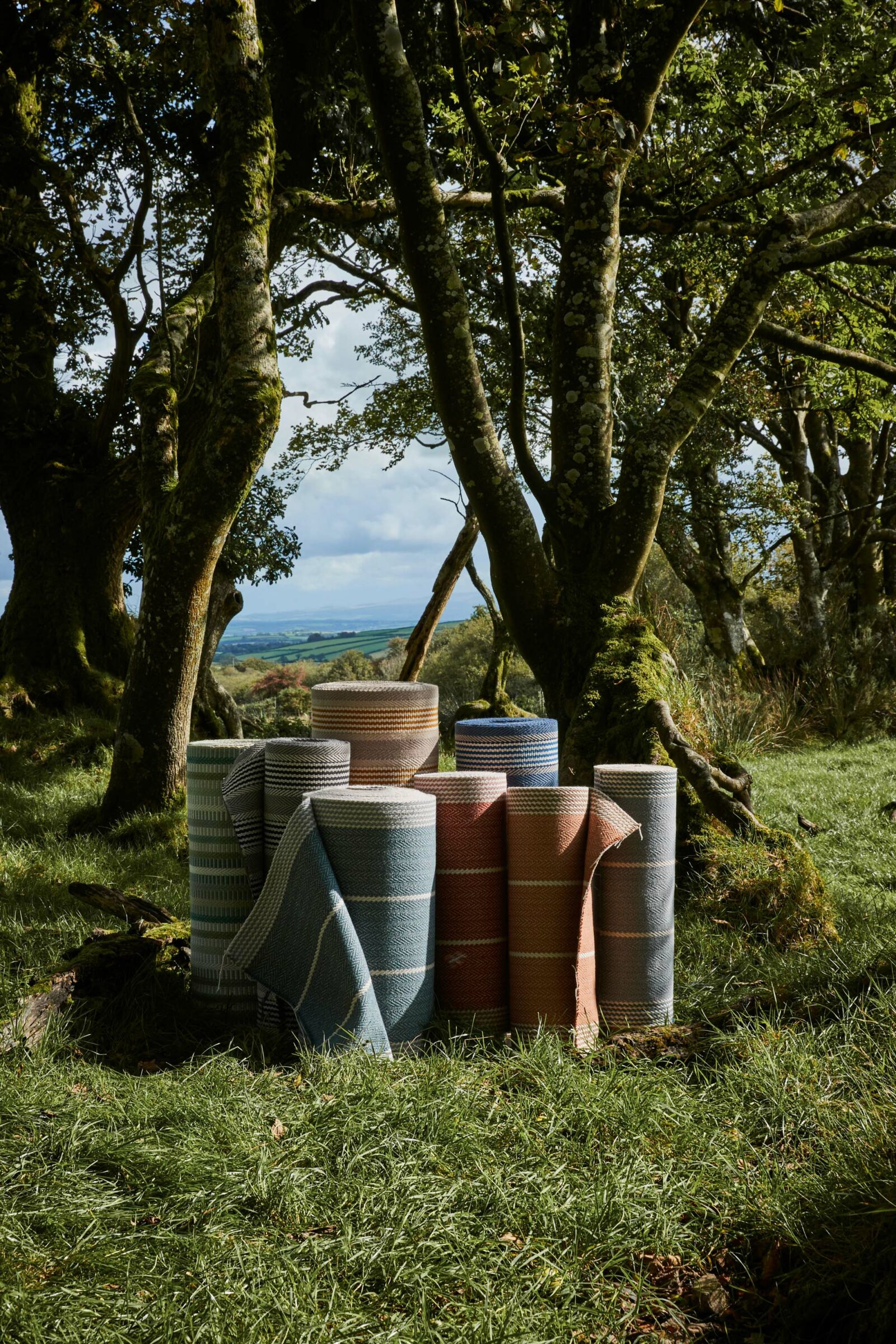Floor Coverings & Sustainability
Conscious Carpets &
Sustainable Flooring
Established in 1996, here at Floor Coverings we recognise the ongoing importance of offering eco-friendly and sustainable flooring options.
We are going green from the ground up.
With a huge focus on ‘green living’ these days, we are looking to apply those same eco friendly choices to our home, right down to the flooring we choose.

Nature at our core, Ted Todd
300+
variations of seagrass, wool, coir, jute and sisal carpets
15 years
of recycling our waste
Electric
vehicle added to our fleet
Unique
options, including carpet made of recycled fishing nets
Choosing Eco-Friendly Flooring
What are we looking for when it comes to choosing this eco-friendly flooring?
Two questions you need to ask yourself when choosing your flooring:
1) Is the type of flooring I am choosing eco-friendly?
2) Is the manufacturer using sustainable practices?
And of course, to make it more confusing, several factors contribute to the sustainability of your flooring choice;
Renewable Resources: Eco-friendly flooring often utilises renewable resources, such as bamboo, cork, wool and hardwood. These materials are harvested in a way that allows for natural replenishment, reducing the environmental impact compared to non-renewable resources such as vinyl.
Recycled Materials: Many eco-friendly flooring options incorporate recycled materials, such as reclaimed wood or recycled rubber. Using recycled materials helps reduce the demand for new resources and minimises waste.

Amtico
Take a look at Amtico, their pledge to increase the use of recycled materials, and closing the loop on LVT is extremely encouraging.
What Should You Be Looking Out For?
Low VOC Emissions: Volatile Organic Compounds (VOCs) are chemicals that can off-gas from certain flooring materials, contributing to indoor air pollution. Eco-friendly flooring options typically have low or zero VOC emissions, creating healthier indoor environments.<br<
Durability and Longevity: Sustainable flooring often emphasises durability and longevity, reducing the need for frequent replacements. This can result in less waste over time and a smaller overall environmental footprint. (Plus even better for the £££ in your purse!)
Amtico Signature range has a lifetime guarantee, giving you confidence that their product will last, and stand the test of time.
Energy-Efficient Manufacturing: Manufacturers of eco-friendly flooring may prioritise energy-efficient production processes, reducing the overall energy consumption and environmental impact associated with manufacturing.
Innovation in Materials: Ongoing research and development in materials science have led to innovative eco-friendly flooring options, including recycled content tiles, bio-based polymers, and other sustainable alternatives. This as, with everything, is ongoing, and more options and eco friendly flooring alternatives will become popular over time.</br<
Kahrs
Kahrs have been extremely active to reduce their impact on the environment. They say “We look for ways to improve air quality, reduce noise pollution and use less water in our manufacturing process. In this way, we are constantly striving to reduce our impact on nature.” .
Demand v Initiatives
Consumer Demand: As environmental consciousness continues to grow, you as the buyer see this is an important factor when choosing and buying your new flooring. This demand drives businesses to adopt more sustainable practices and offer eco-friendly flooring options.
Educational Initiatives: Increased awareness through educational initiatives, environmental campaigns, and sustainability-focused movements has contributed to a shift in buyer behaviour towards more environmentally conscious choices, including eco-friendly flooring.

Alternative Flooring have made a pledge with Ecologie. They are involved with many worthwhile projects around the globe, including replanting, reforestation projects.

Kahrs actively engages with forestry organisations to work towards sustainable reforestation. They source the majority of our raw materials from Sweden, where forests have grown in volume by 60% over the past 100 years.

Roger Oates‘ latest collection, boasts ‘trace-able’ wool, made from 100% wool sourced through the Woolkeepers®. Woolkeepers® aims to create a flourishing ecosystem that positively impacts every participant in the wool supply chain, spanning from soil custodians to fibre caretakers.

So, which materials are best?

Hardwood & Reclaimed Wood
Seemingly the most obvious choice for sustainability, due to its long history of being used this way. Both are extremely hard wearing and durable, and can be re-sanded when needed, prolonging their life.
Quickstep say ‘We maximise the use of thinned wood, which is wood that needs to be harvested to keep forests healthy – such as small or bent trees that could hinder the growth of other trees – but is perfectly suitable for flooring.’
Reclaimed wood flooring is pretty much top of the list when it comes to eco-friendly, as you are re-using wood that has already been used, extending its lifecycle.
Ted Todd do a beautiful range of reclaimed wood flooring, capturing and retelling their lifetime stories through the collection.
Natural Carpets (Sisal & Seagrass)
Although not the same, they are both natural and very popular plant based materials.
Sisal comes from plants such as agave and pineapple plants in Africa, it is an extremely hardwearing material, excellent for high traffic areas.
Natural carpets have a stunning look just like many other ordinary carpets, but are more environmentally friendly. Boasting incredible strength and a beautiful look; they provide a comfortable feeling beneath your feet for years to come.
100% Wool Carpets
As a natural fibre it is 100% biodegradable. Wool is a natural insulator, keeping your house warmer in the winter and cooler in the summer. Wool carpet requires 15–30 percent less energy to produce than carpet made from synthetic fibres.
Some wool carpets are even dyed with natural ingredients such as madder and turmeric like Riviera home.
When it does decompose, wool carpet produces nitrogen, sulphur, carbon dioxide and water. These are all elements that improve soil fertility. Wool is a rapidly renewable and sustainable material that is regrown in 12 months, making it a very good choice for sustainable flooring, that feels luxurious underfoot.
Vinyl Flooring
A secret eco-superhero as it has such a strong life cycle, despite the raw material not being as sustainable as other choices. They are long lasting, and promote clean air as they don’t trap dust mites or mould spores.
We work with some great suppliers Amtico and Karndean in particular who both have a eco pledge to continually improve their sustainability and environmental impact.
This trend towards eco-friendly flooring is part of a larger movement toward sustainable and responsible consumption, reflecting a broader commitment to protecting the environment and promoting a healthier planet.



